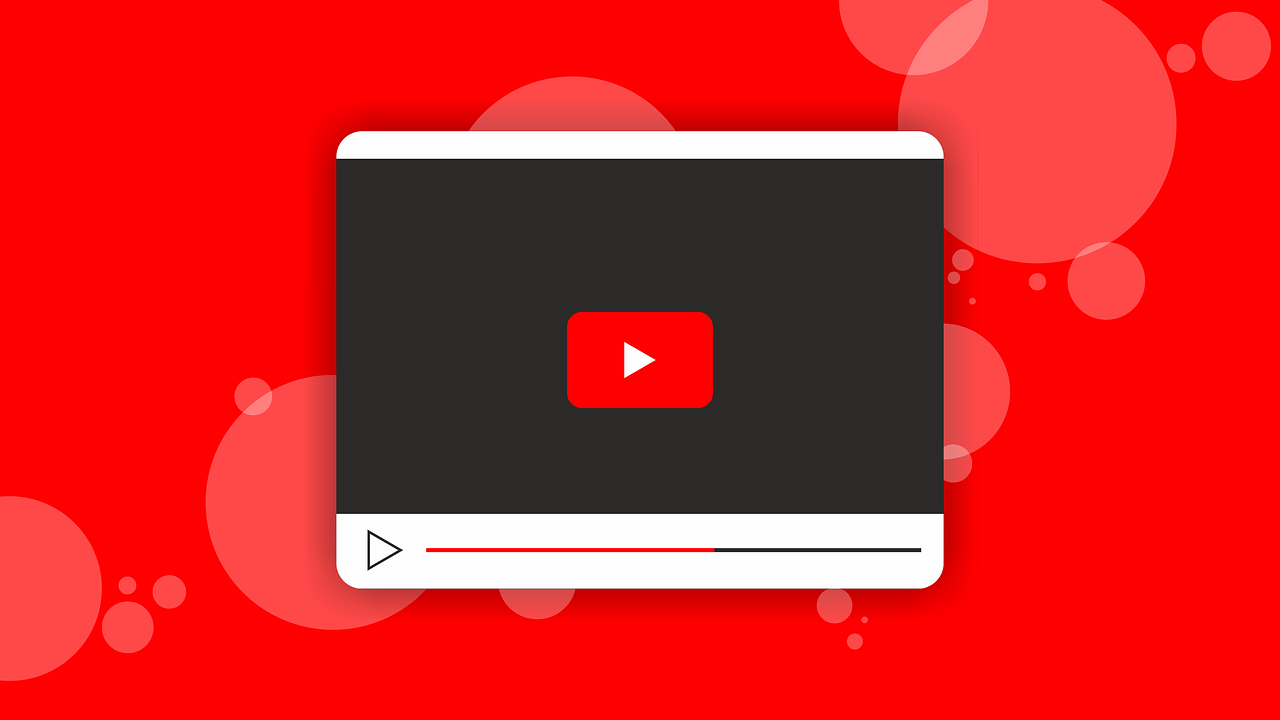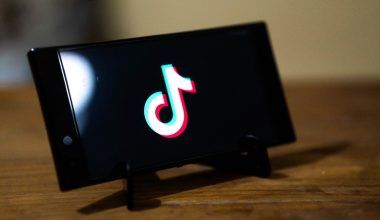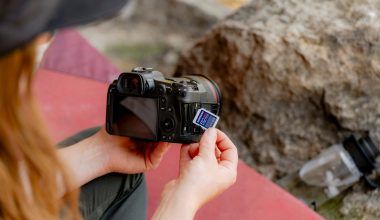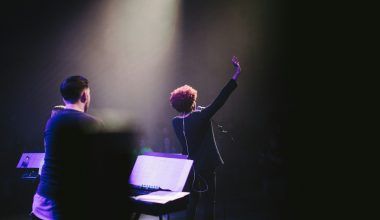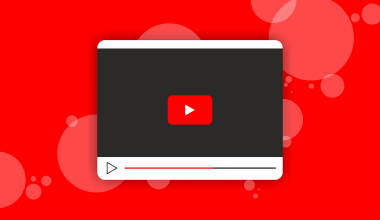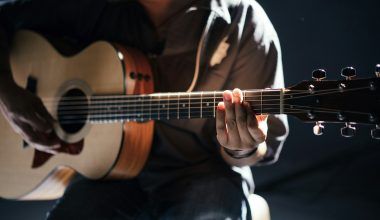If you’re a creator or a viewer on YouTube, you’ve likely heard the term “copyright” thrown around quite a bit. But what exactly does it mean, and why is it so important? Copyright is a legal term that protects original works of authorship. It gives the creator exclusive rights to their work, including the right to reproduce, distribute, and display it. In the context of YouTube, copyright plays a huge role because the platform is all about sharing videos, many of which contain creative works like music, images, or videos.
Understanding copyright on YouTube isn’t just for lawyers or experts. It’s something every creator should know about to avoid potential issues, like having your video taken down or even getting your channel suspended. And if you’re a viewer, knowing a bit about copyright can help you appreciate the effort creators put into their content.
Let’s dive into the world of copyright on YouTube and break it down in simple terms.
Why Copyright Matters on YouTube
YouTube is a platform that thrives on creativity. From music videos to tutorials, and from vlogs to documentaries, it’s a space where millions of people share their ideas and talents. Copyright ensures that creators get the credit and protection they deserve for their hard work. Imagine spending hours making a video, only for someone else to take it and claim it as their own. That’s why copyright exists—to prevent that from happening.
But copyright isn’t just about protecting creators. It also encourages creativity by ensuring that people can make a living from their work. If everyone could use someone else’s content without permission, creators might lose the motivation to produce high-quality work.
How Copyright Works on YouTube
When you upload a video to YouTube, you automatically hold the copyright for the original parts of your video. This means you have the exclusive rights to that content. However, if your video includes copyrighted material—like a popular song or a clip from a movie—you could run into problems. That’s because the copyright for those materials belongs to someone else.
YouTube uses a system called Content ID to identify copyrighted material in videos. If you upload a video containing copyrighted content, the copyright owner can claim it. This might lead to your video being monetized by the copyright owner, muted, blocked, or even taken down. To avoid this, it’s best to use original content or content that you have permission to use.
Common Misconceptions About Copyright on YouTube
Many people think that if they give credit to the original creator, they can use copyrighted material. Unfortunately, this isn’t true. Giving credit doesn’t replace the need for permission. Others believe that using only a small portion of copyrighted material, like 10 seconds of a song, is fine. This is also a misconception. Even short clips can infringe on copyright.
Another misunderstanding is about “fair use.” While fair use allows limited use of copyrighted material without permission, it’s a complex legal concept that depends on several factors. For example, using a clip for educational purposes or commentary might fall under fair use, but it’s not guaranteed.
What Is Fair Use, and How Does It Work?
Fair use is one of the trickiest aspects of copyright. It allows creators to use copyrighted material under specific circumstances, like criticism, commentary, news reporting, teaching, or research. But fair use isn’t a free pass. Courts consider four factors when determining fair use:
- The purpose and character of the use. Is it for commercial purposes, or is it transformative, adding new meaning or message?
- The nature of the copyrighted work. Is it highly creative or more factual?
- The amount and substantiality of the portion used. Did you use a small, less significant part or the “heart” of the work?
- The effect on the market. Does your use harm the market for the original work?
Understanding these factors can help you make better decisions when creating content.
How to Avoid Copyright Issues on YouTube
Avoiding copyright issues on YouTube might seem challenging, but it’s easier than you think if you follow a few simple steps. First, create original content. Whether it’s music, graphics, or videos, originality is the safest way to steer clear of copyright claims. If you need to use someone else’s work, always get permission first.
You can also use royalty-free music, images, and videos. Many websites offer content that is free to use under specific conditions. Just make sure to read the license carefully. Additionally, YouTube itself has a library of free music and sound effects that you can use in your videos.
Finally, if you receive a copyright claim, don’t panic. You can dispute it if you believe it’s a mistake or if your use falls under fair use. But remember, disputes should only be filed if you’re confident in your position.
What Happens If You Infringe Copyright on YouTube?
Copyright infringement on YouTube can lead to several consequences. The most common is a copyright claim. This means the copyright owner has identified their content in your video and taken action. Depending on the situation, your video might be monetized by the copyright owner, blocked in certain regions, or taken down entirely.
In more serious cases, you could receive a copyright strike. Three strikes within 90 days, and your channel could be terminated. Plus, you might lose access to some YouTube features, like live streaming. That’s why it’s essential to understand and respect copyright rules.
The Role of Content ID on YouTube
YouTube’s Content ID system is a powerful tool for managing copyright. It scans videos for copyrighted material and matches it against a database of registered content. If a match is found, the copyright owner can choose what action to take. This might include monetizing the video, blocking it, or tracking its performance.
While Content ID helps protect copyright owners, it’s not perfect. Sometimes, it flags content mistakenly. If this happens to you, you can dispute the claim. However, be prepared to explain why you believe the claim is incorrect.
Why Copyright Is a Double-Edged Sword
Copyright is essential for protecting creators, but it can also be frustrating. For example, some creators face issues with false claims, where Content ID flags content that doesn’t actually infringe copyright. This can be stressful and time-consuming to resolve. On the other hand, copyright ensures that creators get the credit and revenue they deserve.
Balancing these challenges is key to making the YouTube ecosystem work for everyone. Creators, viewers, and copyright owners all play a role in maintaining a fair and creative environment.
Final Thoughts
So, what is copyright in YouTube? It’s a legal framework that protects creators and encourages creativity while ensuring that original works are respected. Understanding copyright rules can save you a lot of headaches as a creator and help you build a successful channel. And as a viewer, it’s a reminder to support creators by appreciating their hard work and respecting their rights.
By learning the ins and outs of copyright, you’re not just protecting yourself from potential issues; you’re also contributing to a vibrant and respectful creative community. Whether you’re uploading your first video or managing a popular channel, copyright knowledge is a tool you can’t afford to ignore. Happy creating!
For further reading, explore these related articles:
- Exploring Tomorrow X Together Albums: A Journey Through Music
- The King of Rap: A Journey Through Hip-Hop History
For additional resources on music marketing and distribution, visit DMT Records Pvt. Ltd..
